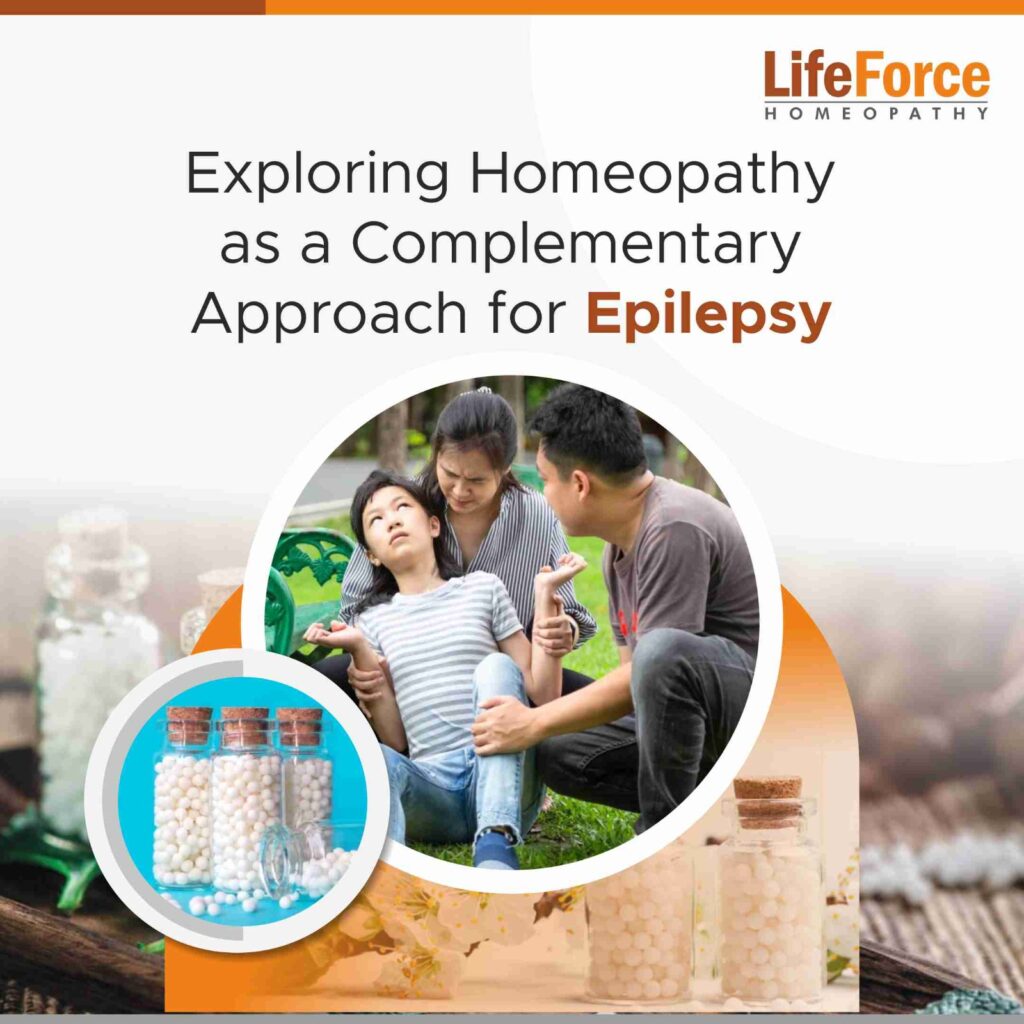Autistic children tend to have an increased food intolerance and food allergies. They are, particularly, allergic to gluten, a protein in wheat and casein, a milk protein that may worsen the symptoms of an autistic kid. Researchers have found out that, compared to normal children, autistic kids are more prone to have food allergies. The GFCF diet is a gluten-free and casein-free diet that is well-known for being beneficial for autistic kids. In Life Force, we have documented a few cases wherein following the GFCF diet strictly has shown positive effects in autistic kids. The GFCF diet makes a difference; it helps to improve behavior, speech, and language communication as well as coordination. The theory behind the gluten and casein proteins is as follows. Both these proteins happen to worsen the symptoms by causing the inflammation in the gut that spreads to the brain and gluten and casein antibodies affect the opioid receptors, thereby causing increased opioid activity that interferes with neurotransmission. Opioid peptides commute to the brain and interfere with brain development, cognitive function, attention span, and learning capacities.
GFCF diet is one of the most commonly used dietary treatments for Autism. There is a shred of growing evidence that the GFCF & organic diet may help manage symptoms of Autism.
A healing diet for kids with autism is a diet free from unnatural ingredients and packaged foods. It has limited sugars. It is a whole-food-based diet that gives the foods which can provide the maximum nutrition to the child.
Here are some ingredients of the healing and appropriate diet for autistic kids.
1) Gluten-free substitutes:
Most of the foods should be filled with naturally gluten-free foods. Try giving gluten-free bread, cookies, crackers, gluten-free granola mix, and gluten-free cookies and plates of pasta.
To avoid wheat and Maida completely: Normal bread contains gluten protein, however, in markets in metro cities easily gluten-free bread is available which is this bread is made from rice or tapioca.
2) Dairy: Avoid cow’s milk as 82% of the milk protein in cow’s milk is casein. Some yogurts contain additives that could contain gluten, so check the labels and be sure that it is gluten-free. If your child has a lactose intolerance issue, you may try milk products that are made for lactose-intolerant people. Cheese is the most favorite food of all the kids so most of the time it is challenging for a mother to stop the cheese completely. In such circumstances, one can replace it with soy-based products. You can replace normal milk with almond milk, cashew milk, or coconut milk. Parents should ensure that the child is getting enough calcium and Vitamin D as we are restricting dairy foods, so look for alternative sources as both Vitamin D and calcium are important for keeping the bones and teeth strong and healthy.
3) Sources of Casein to avoid: Ice cream, butter, buttermilk, cream cheese, sour cream, veggie cheese, margarine, milk chocolate, whipped cream.
4) Grains: Avoid wheat, barley, and rye. Good grains include quinoa, corn, soy, gluten-free oats, millet, rice, and buckwheat.
5) Vegetables: All vegetables are naturally gluten-free so you can include them in the diet. Here are some vegetables that can help autistic kids receive a healthy diet.
- Sulfur-rich foods to help resist bacteria in the gut: Cruciferous vegetables like broccoli, cauliflower, cabbage, and kale are beneficial. Also, sprouts, turnips, red bell peppers, asparagus, and potatoes can help.
- Folate-rich foods for natural development: Green leafy vegetables and asparagus contain adequate folate.
6) Fruits: Add variety to the child’s menu by trying new fruits. Watermelon, kiwi, star-fruits, mango, pomegranate, and papaya are beneficial for kids.
7) Meat: Meats are gluten-free including beef, chicken, and pork. Just watch out for the processed meats. Avoid eating packaged meats. You can give lean meats of chicken, no organ meat.
8) Avoid giving cartoned or bottled fruit juices to autistic kids. These kids are sensitive to chemical additives so try giving natural fruits as much as possible.
9) Say no to sugar and artificial sweeteners. Honey is the safest.
10) Avoid giving artificially colored foods as artificial colors and dyes can increase hyperactivity in kids.
11) Avoid giving unnecessary strong antibiotics as antibiotics kill both good as well as bad bacteria in the gut because of which the autistic children, most of the time, suffer from bowel irregularities.
It is important to make a note over here that the GFCF diet is not effective in each and every autistic kid; it is helpful only in kids those who are sensitive to gluten and casein. To see the effect of the GFCF diet we need to wait for at least six months and observe the difference. The sensitive kids will surely show the results, however, kids who are not sensitive to gluten and casein will not at all show any signs of improvement. Some parents report that the GFCF diet made a remarkable difference in a short period and, when the child was off the GFCF diet, the symptoms return. While some parents happen to inform that they didn’t feel any difference after starting with the GFCF diet, and the symptoms were the same as before. So, GFCF is only applicable to kids who are sensitive to gluten and casein.
A piece of advice to the parents, start the diet plan for your kids with simple things and gradually make the changes in the diet. Slowly, replace the foods with healthier options. Make sure your child is getting enough calories and sufficient other important nutrients daily for proper growth. Children need the right fuel for growing and learning so plan accordingly with the help of a registered nutritionist, to see what is the best for your child, who will help you to make the right choice of foods and lower the risk of possible side effects or nutrient deficiencies and help your child enjoy a healthy and happy life.




